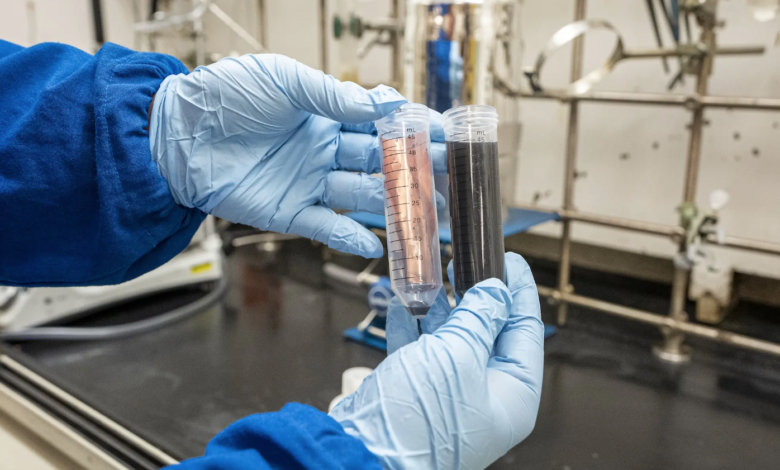From Berkeley Lab a new material for batteries that facilitates recycling

A new material for batteries that dissolves in alkane water
(sustainabilityenvironment.com) – Why not start from the design to increase the recycling rate of rechargeable batteries? This is exactly the path taken by a group of scientists from the Lawrence Berkeley National Laboratory (Berkeley Lab), in the USA, creators of a new material for batteries that facilitates the dismantling and recovery of components.
It has been named Quick-Release Binder, a fast-release binder, and is a mix of two polymers widely available on the market: polyacrylic acid (PAA) and polyethylene mine (PEI). Its basic function is identical to that of other binders used in batteries. The task, as the name suggests, is to keep all the ingredients of electrochemical cells together, while maintaining the structural architecture. Without obviously interfering with the chemical processes that take place inside the cell.
But the Berkeley Lab Energy Storage Center team gave their binder an extra sprint. The chemical bonds that bind the two polymers, PPA and PEI, are broken by simple immersion in alkaline water containing sodium hydroxide. In this way, the two polymers separate and dissolve liquid, freeing the electrode components they hold.
read also Long-lasting iron air batteries, American production is ready
The Quick-Release Binder – explains the lab in a press release – can be used to make anodes and cathodes and costs about a tenth of the price of two of the most commonly used commercial binders in this industry. “We have shown that the whole process is very simple on a laboratory scale and we see no reason why it should not work equally well on an industrial scale,” said researcher Chen Fang. The group is convinced that the new material for batteries can be used for rechargeable devices of all sizes, from the small ones of mobile phones to the extra-large ones of storage stations on the national electricity grid.





